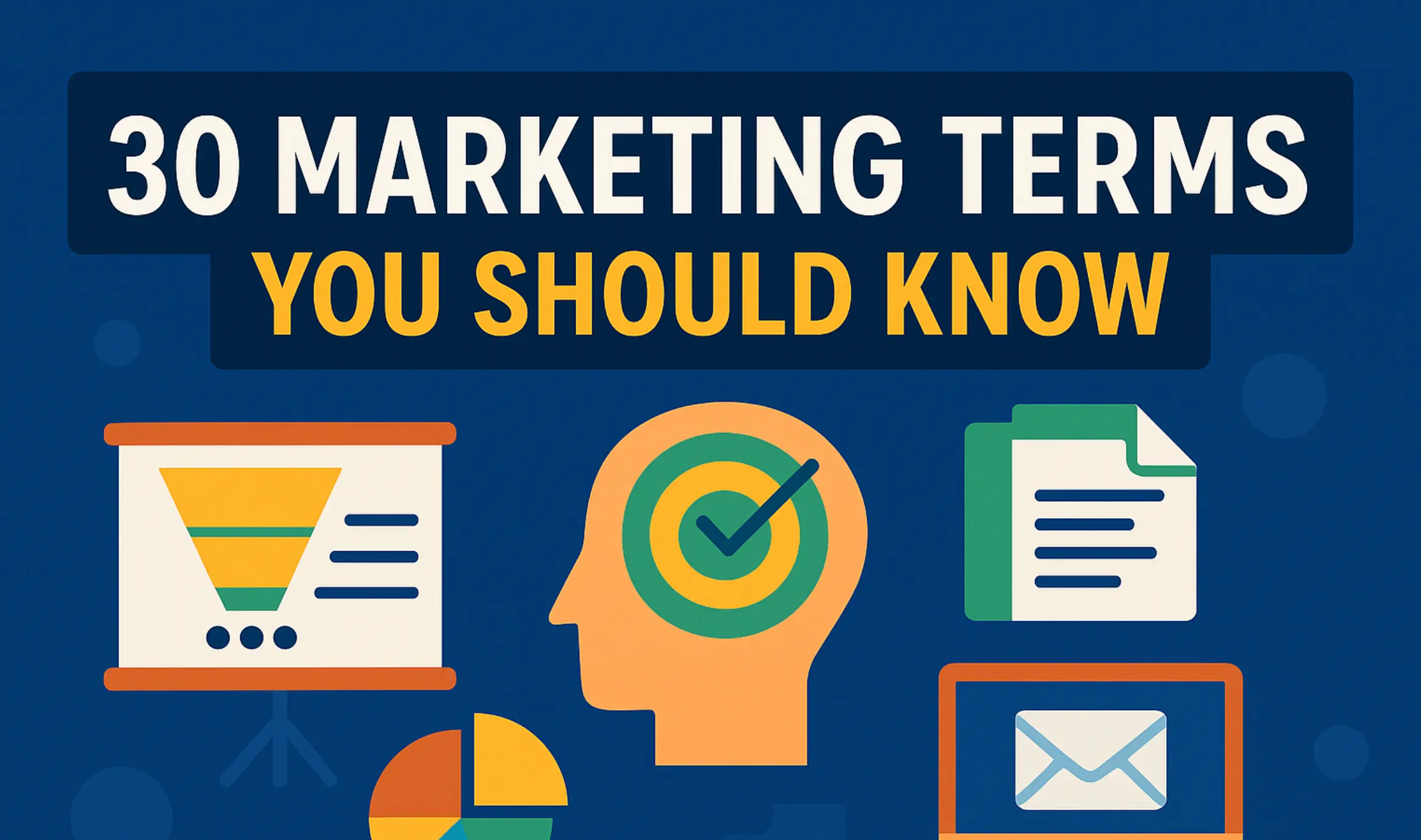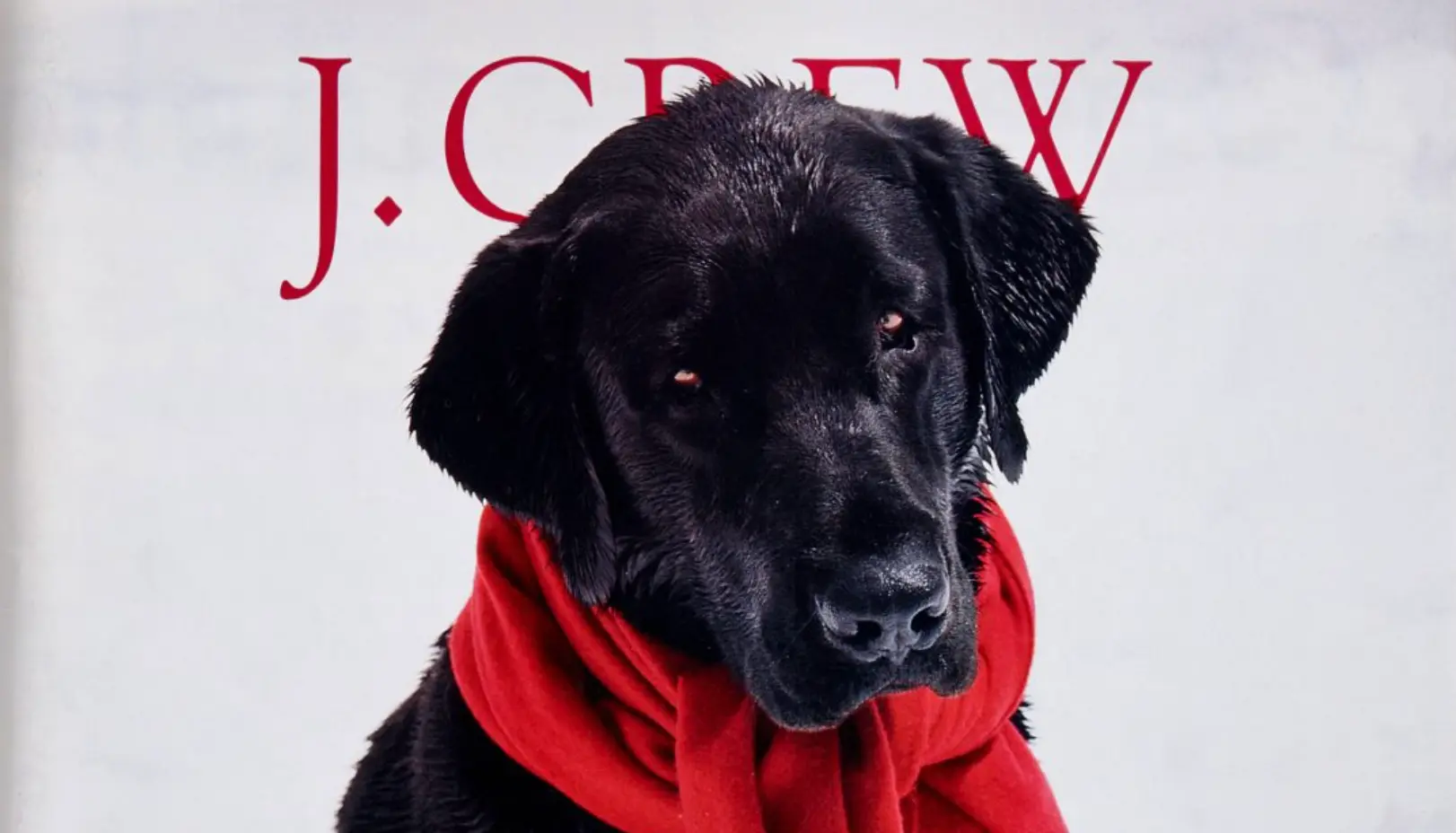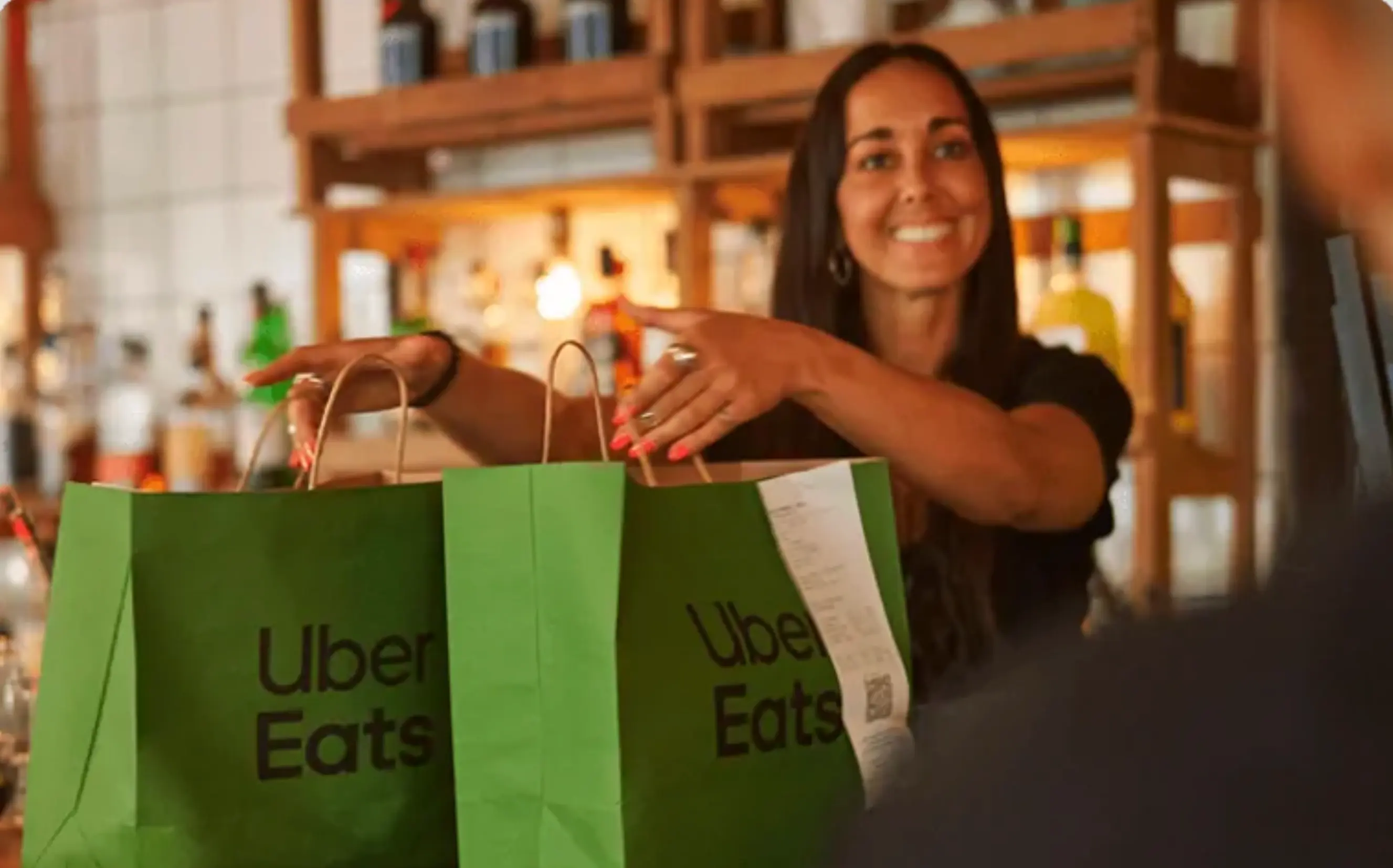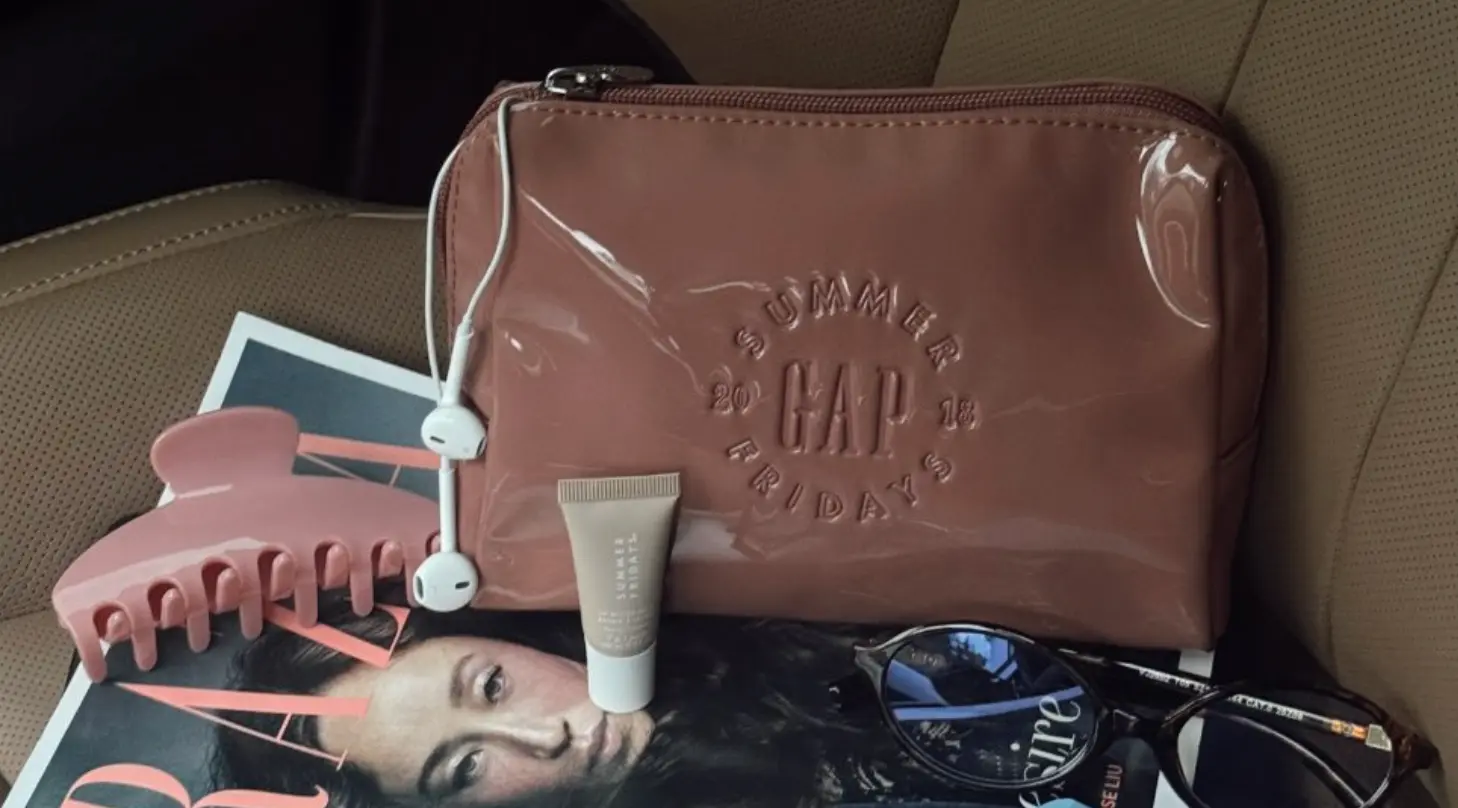How Böcker Turned the Louvre Heist into a Hit: From Crime Scene to Campaign
Updated on
Published on

When thieves scaled the Louvre on October 19th with a Böcker elevator and escaped with Napoleonic jewels, a Louvre robbery marketing stunt practically wrote itself—except it wasn’t planned. The German lift company ad that followed came from Böcker Maschinenwerke, maker of the Agilo freight lift the robbers used. In days, the brand pivoted from crisis to a clever Louvre heist camapign, turning a crime-scene photo into a tongue-in-cheek Böcker ad campaign that traveled worldwide. The result: viral reach, inbound inquiries, and a masterclass in fast, factual Böcker Agilo marketing.
- Reported haul: ~€88M in jewels stolen; thieves used a Böcker Agilo furniture elevator at the Louvre. (The Guardian)
- A four-minute, daylight robbery; the company responded within days with a playful post. (AP News)
1) From incident to idea: the rapid timeline
Böcker executives woke to viral images of the furniture elevator Louvre scene—police cars, the lift against a Louvre window. Initial shock gave way to a tactical choice: acknowledge the moment, stay factual, and lean into product truth (speed, capacity, quiet operation) without glorifying crime. By Monday, the Louvre lift company had a post live.
- AP confirms the “Böcker Agilo” was the model used and notes how quickly the brand pivoted to a humorous response. (AP News)
- CBS adds visual context and product use (freight/furniture, not people) with wire photos from the scene. (CBS News)
2) The creative: specs as punchline (42 m/min, 400 kg, “whisper quiet”)
The Böcker ad campaign didn’t invent claims; it surfaced them. It highlighted the Agilo’s 42 meters per minute speed, 400-kg capacity, and “whisper-quiet” e-motor—exactly what a facilities manager or mover wants to know. That engineer-forward humor made the German lift company ad feel confident, not crass. (Böcker Instagram)
3) Channel strategy: go where the photo already is
Because the scene image was everywhere, the brand chose the same stage: Instagram and Facebook for the primary Louvre heist ad, then earned media to scale. Pitched with dry humor and product fact, the post was easy for newsrooms to embed—fuel for this Louvre robbery marketing stunt that didn’t need media spend.
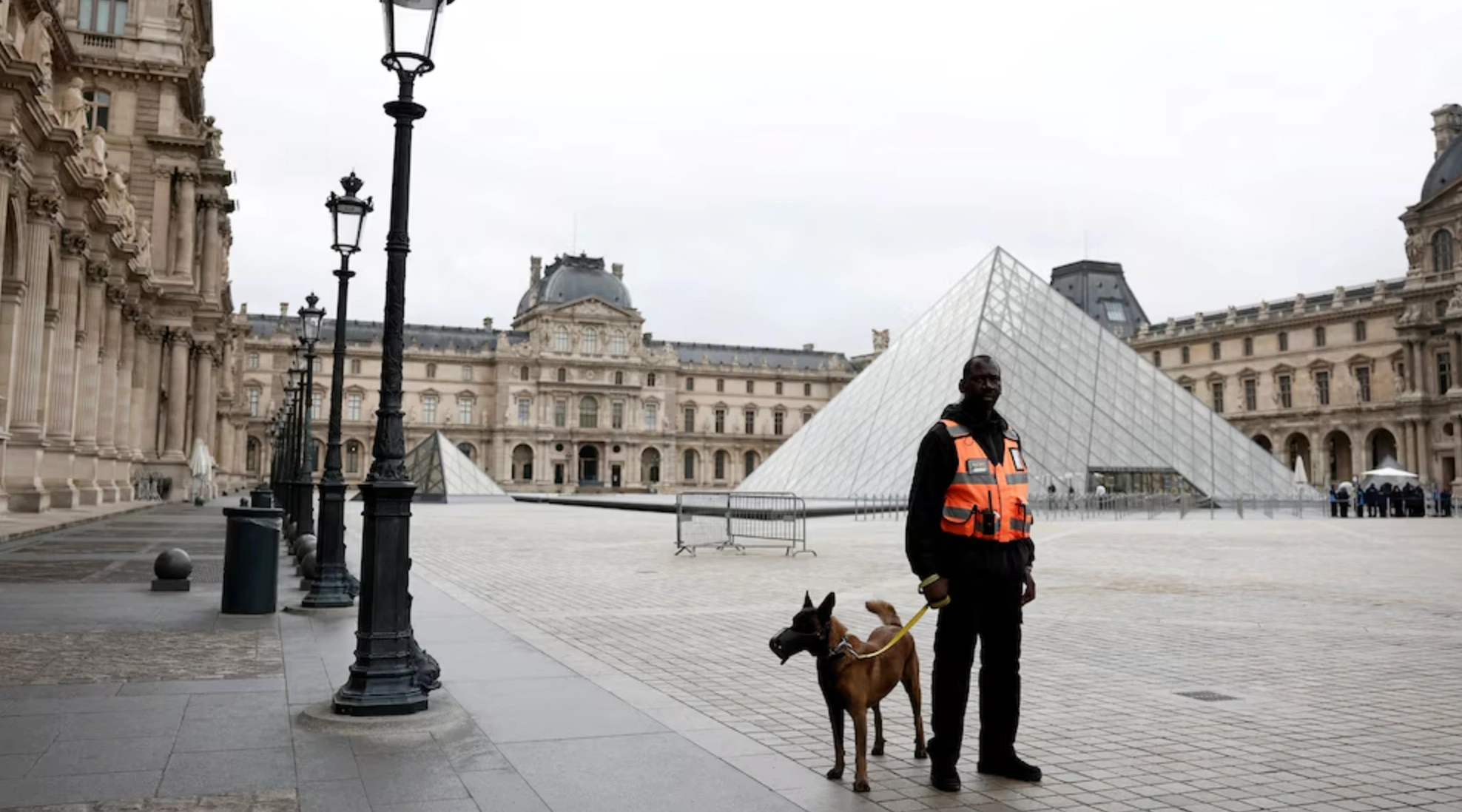
4) Risk management: address safety and ethics upfront
Böcker clarified that Agilo lifts are designed to move materials, not people—critical to avoid normalizing unsafe use. The tone framed the post as product reality, not a heist endorsement, and acknowledged the crime’s seriousness while separating the Böcker Agilo marketing message from the act.
- AP notes the company’s stance—“intended for transporting materials, not people”—as part of coverage. (AP News)
5) Proof of impact: reach, inquiries, and inbound momentum
The Guardian reports Instagram engagement jumping “from 20,000 to 1.7 million views”—a clean indicator that the Louvre heist campaign out-kicked typical industrial content. The company told reporters inbound inquiries spiked (early-stage demand), even as it cautioned it’s too soon for revenue attribution.
- Engagement stat and inquiry lift cited directly in news coverage. (The Guardian)
6) Why this worked (brand fit + truth well told)
Great earned campaigns align brand truth with zeitgeist. The Agilo is fast, quiet, and built to move heavy things up facades—the exact attributes seen in the photo. That fit let the Louvre lift company “yes-and” public attention, then steer it back to product value and legitimate use cases (moving safes, store-fitouts, apartment moves).
- PetaPixel highlights how the photo became a creative springboard—specs and all. (PetaPixel)
7) The playbook other brands can copy (with caution)
- Acknowledge fast, factually. Confirm facts through reputable outlets before posting.
- Lead with product truth. If your specs explain the viral moment, quote them verbatim.
- Add a safety line. Draw the line between your product’s intended use and the misuse making headlines.
- Feed the flywheel. Package one hero post for social, one for press; be reachable with quotes and assets.

FAQ
What exactly did the Louvre thieves use?
A Böcker Agilo furniture/freight lift positioned to an upper window; the model is designed for materials, not people.
Did the company really benefit?
Yes—coverage cites a jump to 1.7M Instagram views and increased inquiries; revenue attribution will take time.
Was the Louvre heist ad unethical?
Böcker condemned the crime and clarified intended use; outlets noted the post’s factual/spec tone rather than glamorization.
What’s the main lesson for marketers?
If public attention lands on a product truth, respond quickly, keep it factual, and let credible reporting carry the context.
When Product Truth Meets Public Attention
Böcker didn’t create a Louvre robbery marketing stunt—it answered one. By quoting specs, adding a safety line, and moving at the speed of the feed, the German lift company ad turned a viral crime image into a case study in tasteful opportunism. For brands, the takeaway is simple: when a moment finds you, meet it with facts, fit, and fast creative—and let earned media do the heavy lifting.


